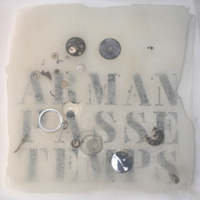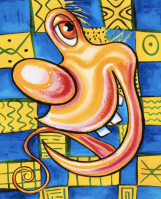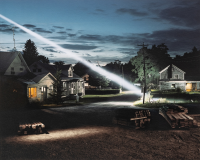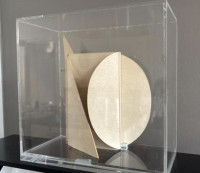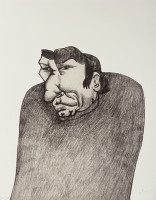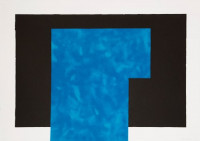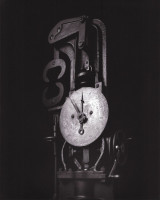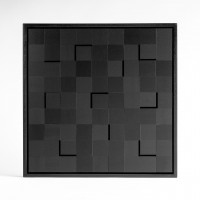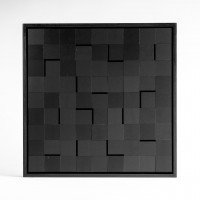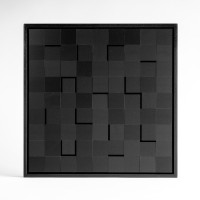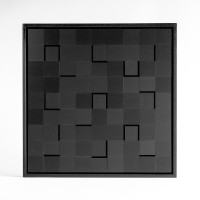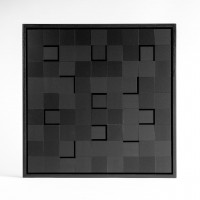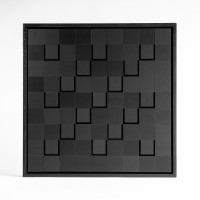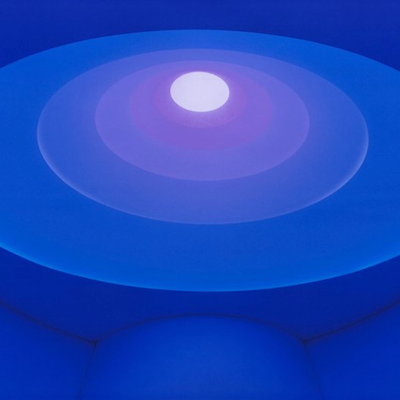
What is ‘light and space’?
The Light and Space Movement refers to loosely affiliated art movements connected to minimalism, geometric abstraction, and op art that originated in Southern California in the 1960s. Greatly influenced by artist John McLaughlin, these artists focused on sensory phenomena such as light, perception, and space as central elements of their work. They also incorporated cutting-edge technologies from the aerospace and engineering industries to develop light-filled and sensuous objects, creating immersive experiences that emphasize the viewer's perception.
Show All
- Show All
- Established
- Discoveries
A,B,C
ARTWORKS RELATED TO LIGHT AND SPACE
Kenny Scharf
Untitled (Grinning Whimsy), 2002
Limited Edition Print
Archival Print
Inquire For Price
Kenny Scharf
Untitled (from the Seven Prints by Seven Artists portfolio), 2008
Limited Edition Print
Mixed Media
Inquire For Price
Regine Schumann
Colormirror glow after rose gent, 2025
Sculpture / Object
Acrylic sculpture
EUR 3,600
Hiroshi Sugimoto
Mechanical Form 0046, Material Testing Machine, 2005
Photography
Gelatin Silver Print
EUR 12,250
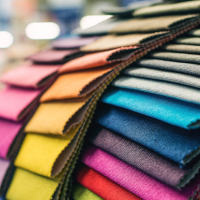
Textile refers to a flexible material made by weaving, felting, crocheting, knitting, or knotting long strands of natural or synthetic yarn or thread. Textile artists often create their own materials or use selected textiles in fabric art compositions, incorporating a wide range of textures and patterns.
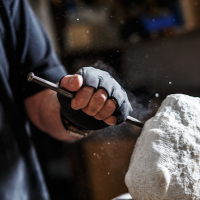
Marble is a rare and expensive metamorphic rock composed of recrystallized limestone. It has been used for centuries to create statues, decorative floors, and walls due to its translucency and durability. Marble is ideal for both free-standing statues and relief sculptures. When carving, the material is chiseled away in small increments to achieve the desired form.
